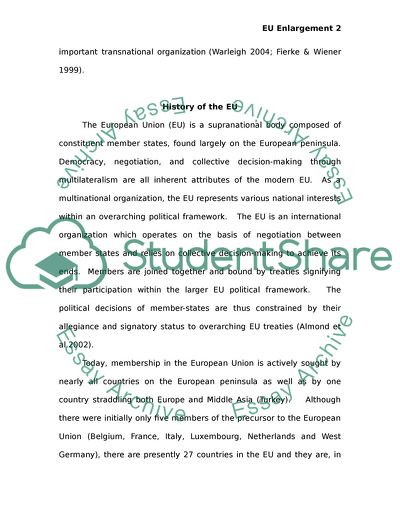Cite this document
(Expansion and the European Union Coursework Example | Topics and Well Written Essays - 2750 words, n.d.)
Expansion and the European Union Coursework Example | Topics and Well Written Essays - 2750 words. https://studentshare.org/politics/1718910-what-have-been-the-pros-and-cons-for-the-various-enlargements-of-the-eceu
Expansion and the European Union Coursework Example | Topics and Well Written Essays - 2750 words. https://studentshare.org/politics/1718910-what-have-been-the-pros-and-cons-for-the-various-enlargements-of-the-eceu
(Expansion and the European Union Coursework Example | Topics and Well Written Essays - 2750 Words)
Expansion and the European Union Coursework Example | Topics and Well Written Essays - 2750 Words. https://studentshare.org/politics/1718910-what-have-been-the-pros-and-cons-for-the-various-enlargements-of-the-eceu.
Expansion and the European Union Coursework Example | Topics and Well Written Essays - 2750 Words. https://studentshare.org/politics/1718910-what-have-been-the-pros-and-cons-for-the-various-enlargements-of-the-eceu.
“Expansion and the European Union Coursework Example | Topics and Well Written Essays - 2750 Words”. https://studentshare.org/politics/1718910-what-have-been-the-pros-and-cons-for-the-various-enlargements-of-the-eceu.


